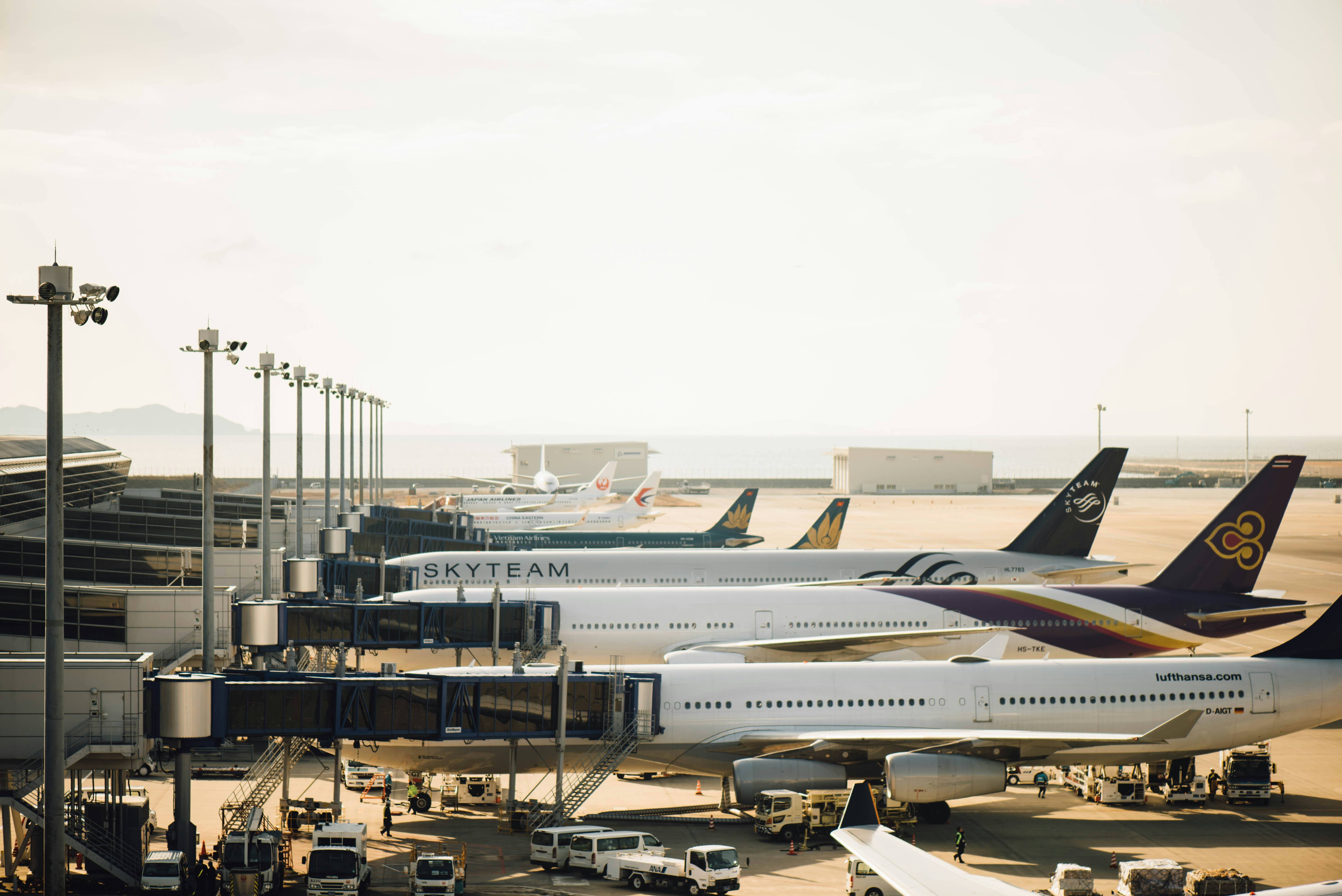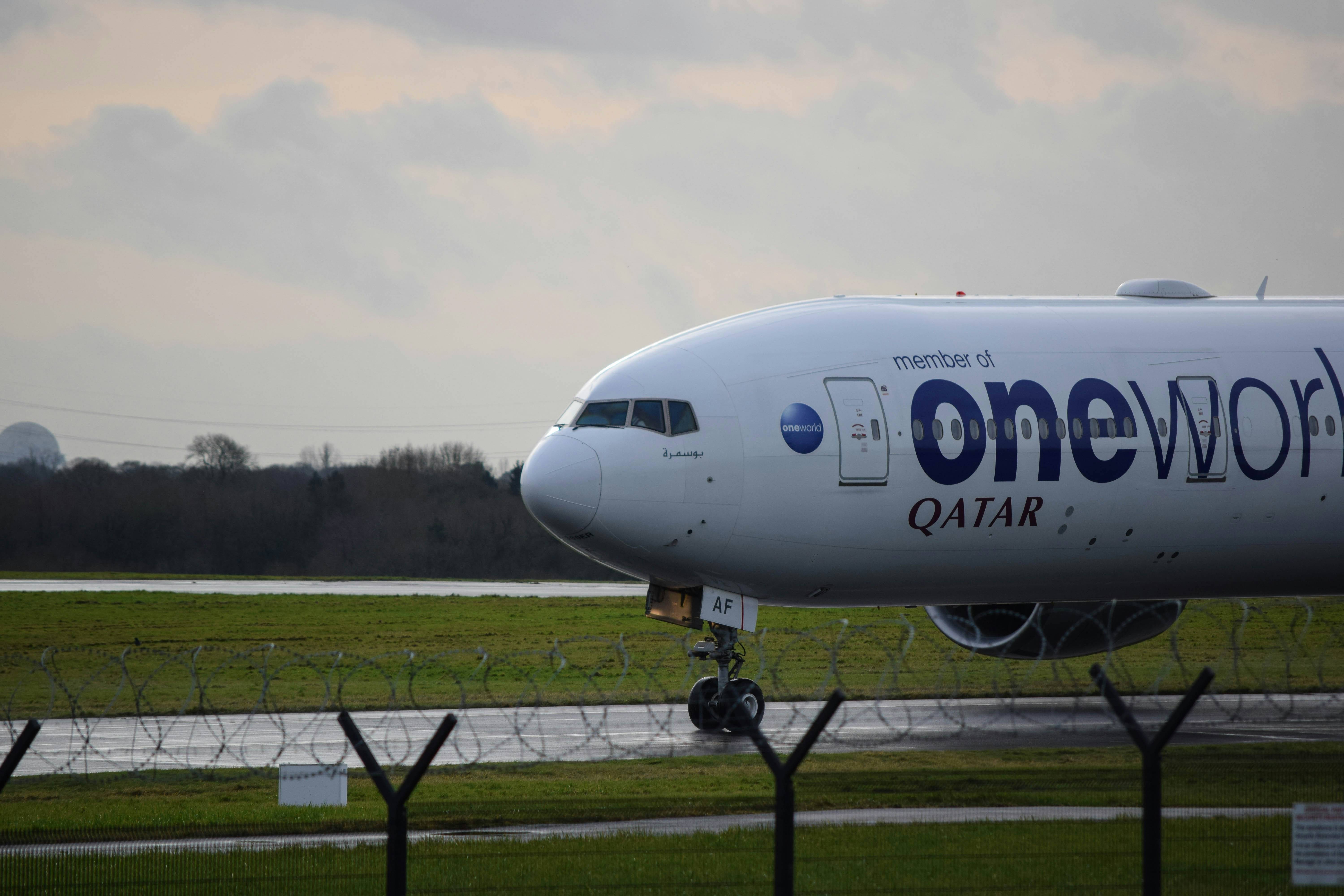The Evolution and Mergers of Commercial Aviation
Updated: Read our Trust & Transparency Statement
Key Topics:
- The Birth of Commercial Aviation
- Major Milestones in Commercial Aviation
- The Impact of Mergers on Commercial Aviation
- Recent Developments in Airline Mergers
- Final Thoughts - Today and Tomorrow
- FAQ: Evolution and Mergers of Commercial Aviation
The Birth of Commercial Aviation
The origins of commercial aviation trace back to the early 20th century, driven by pioneers like the Wright brothers, Orville and Wilbur, who achieved the first powered flight in 1903. This groundbreaking event marked the dawn of a new era in transportation, capturing the imagination of entrepreneurs and visionaries globally.
In the ensuing years, several airlines emerged, providing limited passenger services. One notable example is the St. Petersburg-Tampa Airboat Line, founded in 1914, which operated scheduled flights between these two cities in Florida, USA. This early airline played a crucial role in proving the viability of commercial aviation, setting the stage for future developments.
Advancements in aircraft technology and infrastructure during the 1920s further propelled the growth of commercial aviation. Airlines like KLM, established in 1919, and Qantas, founded in 1920, began offering international services, expanding the reach of air travel despite numerous challenges such as limited range, low passenger capacity, and rudimentary navigation systems. Their perseverance and innovation laid the foundation for the modern airline industry.
Major Milestones in Commercial Aviation
Significant milestones have shaped the airline industry over the years:
- 1919: The first international passenger service launched between London and Paris.
- 1927: Charles Lindbergh's solo transatlantic flight demonstrated the feasibility of long-distance air travel.
- 1930: Formation of American Airlines through the consolidation of smaller airlines.
- 1939: Pan American World Airways initiated the first scheduled transatlantic flights.
- 1952: BOAC introduced the de Havilland Comet, the first commercial jetliner.
- 1970: Boeing 747, the first wide-body aircraft, began service, significantly increasing passenger capacity.
- 1990s: Emergence of low-cost carriers like Southwest Airlines and Ryanair, transforming the industry with affordable fares.
- 2008: Delta Air Lines and Northwest Airlines merged, creating one of the largest airlines worldwide.
- 2010: United Airlines and Continental Airlines merged, further consolidating the market.
- 2016: JetBlue and Virgin America merged, highlighting ongoing consolidation in the industry.
- 2017: Delta acquired a 10% stake in Air France-KLM and a 32% stake in Aeromexico, expanding its global network.
- 2019: United acquired ExpressJet Airlines, enhancing its regional operations.
- 2020: Delta purchased a 20% stake in LATAM Airlines Group, strengthening its presence in Latin America.
- 2022: Southern Airways acquired Air Choice One, expanding its regional footprint.
- 2023: Alaska Airlines agreed to acquire Hawaiian Airlines, further consolidating its position on the U.S. West Coast.
- 2023: ITA Airways saw significant investment with a 41% stake purchase by Lufthansa, reshaping the European airline market.
The Impact of Mergers on Commercial Aviation
The airline industry has undergone numerous mergers and acquisitions, leading to the consolidation of major players and reshaping the global market. One notable merger was the formation of American Airlines in 1930 through the consolidation of several smaller airlines, setting the stage for it to become one of the largest carriers in the world.
In 2008, Delta Air Lines and Northwest Airlines merged, creating one of the largest airlines globally. This merger allowed the combined entity to streamline operations, optimize routes, and enhance cost efficiencies. Another significant merger occurred in 2010 when United Airlines and Continental Airlines joined forces, resulting in a powerhouse airline with an extensive global network and a strengthened competitive position. The consolidation trend continued with the merger of British Airways and Iberia to form International Airlines Group (IAG) in 2011.
These mergers and acquisitions have profoundly impacted the airline industry, leading to improved connectivity, operational synergies, and enhanced customer experiences. However, they have also raised concerns about reduced competition and potential challenges for consumers. Regulatory bodies like the U.S. Department of Justice closely monitor these mergers to ensure they do not harm competition.
Recent mergers between Delta and Northwest in 2008 and between United and Continental in 2010 have significantly impacted the industry, allowing airlines to streamline operations and offer more efficient services to passengers. Mergers between JetBlue and Virgin America in 2016 highlight that M&A activity occurs across the corporate airline industry, not just among mega carriers. However, these mergers can also lead to less competition and higher prices for consumers, prompting close scrutiny by regulatory bodies such as the Department of Justice in the United States to ensure they do not harm competition.
Recent Developments in Airline Mergers
Delta Air Lines has continued its expansion strategy through several key acquisitions. In 2017, Delta acquired a 10% stake in Air France-KLM and a 32% stake in Aeromexico, expanding its global network and strengthening partnerships with these international carriers. In 2020, Delta purchased a 20% stake in LATAM Airlines Group, enhancing its presence in Latin America.
Alaska Airlines completed its acquisition of Virgin America in 2016, consolidating its position as a major player on the U.S. West Coast. More recently, in 2023, Alaska Airlines agreed to acquire Hawaiian Airlines, though Hawaiian will continue to operate as a separate brand.
United Airlines further solidified its regional operations by acquiring ExpressJet Airlines via ManaAir in 2019, enhancing its feeder network and providing more connectivity for its mainline flights.
Southern Airways has been active in the regional airline market, merging with Mokulele Airlines in 2019 and then acquiring Air Choice One in 2022, helping it expand its regional footprint and improve service efficiency.
ITA Airways, the successor to Alitalia, saw significant investment in 2023, with an agreement to purchase a 41% stake by Lufthansa, reshaping the European airline market.
Final Thoughts - Today and Tomorrow
The history of commercial aviation is marked by pioneering innovations and strategic mergers. From the Wright brothers' first flight in 1903 to modern advancements, the industry has evolved through technological progress and consolidation. These mergers have created larger, more efficient airlines and expanded global networks.
Significant mergers, such as American Airlines in 1930 and Delta-Northwest in 2008, have enhanced operations and market reach. The Boeing 747 and Airbus A380 revolutionized air travel, increasing passenger capacity and connectivity. However, these consolidations have raised concerns about reduced competition, highlighting the importance of regulatory oversight.
Looking ahead, the focus on sustainability and innovation will drive the industry forward. Fuel-efficient aircraft, sustainable fuels, and electric planes promise more eco-friendly air travel. Strategic mergers will continue to shape the future of aviation, balancing efficiency and competition.
From the Wright brothers to modern mega mergers, commercial aviation's story is one of continuous transformation. The industry's adaptability and innovation will ensure it remains a vital part of global transportation, connecting the world efficiently and sustainably.
FAQ: Evolution and Mergers of Commercial Aviation
Find more help here for your journey through the airport


